Plumbing siphons: types and tips for choosing
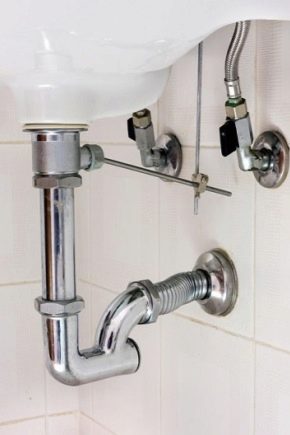
Siphons are an integral part of all plumbing units designed to drain used water. With their help, bathtubs, sinks and other devices are connected to the sewer system. They also serve as an obstacle to the penetration of sewer odors into the home and are a barrier against contamination of drain pipes with all kinds of garbage.
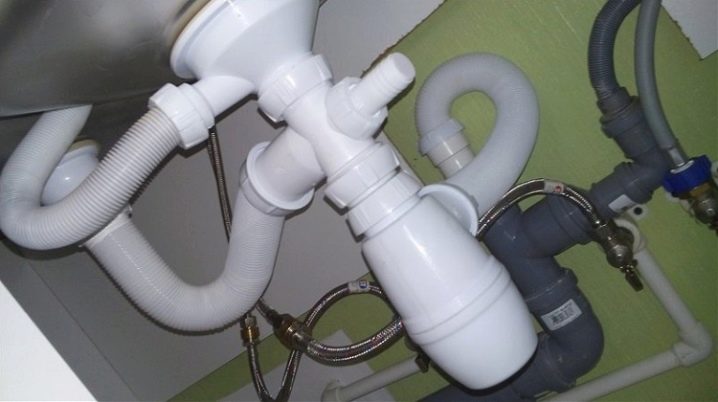
Varieties and tips for choosing
Siphons are units made in the form of bent pipes. Based on the physical laws of the properties of a liquid, these devices perform the function of a water seal, where a special bend creates a water environment with an air gap. Depending on what plumbing devices they are intended for, these devices differ structurally and in the material of manufacture.
Such devices are made of both plastic and non-ferrous metals and are structurally divided into the following types.
- Tubular. They are shaped like a curved tube in the shape of the letter U or S.
- Corrugated. They are plastic products consisting of connecting elements and a corrugated hose for connecting to the sewer.
- Bottled. They consist of a settling tank, which can be unscrewed from the bottom in the event of contamination, and a pipe connected to a sewer pipe. The bending of the pipe ensures that the liquid remains permanently sealed, which effectively protects against unpleasant odors.
All of these structures are made from different materials.

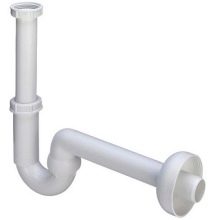
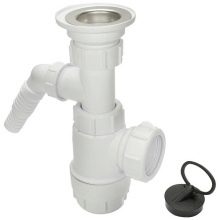
Plastic
This is the most common type. They are durable and easy to use, as they lend themselves to easy assembly without special tools. Provide unlimited opportunities for systematic sewage cleaning, do not require special maintenance. Their connection to the drain is carried out, as a rule, by corrugation. This stimulates greater mobility of the plumbing units. In addition, their cost is quite low compared to non-ferrous metal counterparts.
But the installation of these units is considered appropriate with the hidden location of the drain system, it will not violate the integrity and attractiveness of the overall design.
Plastic siphons practically have no other disadvantages.
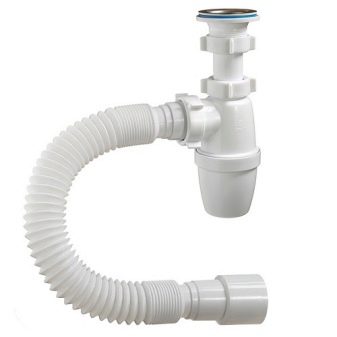
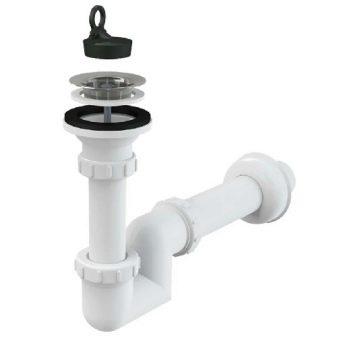
Products from bronze and copper
Durable and sturdy, they are used based on the design requirements of the rooms where the plumbing unit is installed. This applies to bidets, sinks and bathtubs, where an open space for drainage communications is provided for the sewage system.
These products are beautiful and give their luster a rich look to the room, but they require constant and careful maintenance., as copper and bronze quickly oxidize and darken in humid rooms. Such siphons are much more expensive than plastic ones, and require an exact location from the plumber to connect to the sewer.
Such devices are purchased for interiors in which other accessories correspond to a similar style: heated towel rails, faucets, toilet paper holder and others.
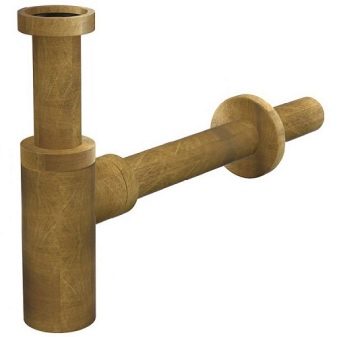
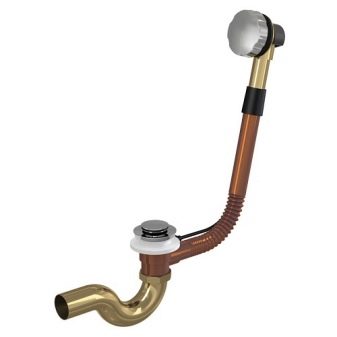
Brass
Reliable but very expensive products. They are most often produced in chrome-plated form. This allows them to be used in combination with other toilet accessories that have a chrome finish, which is currently the most common.They are also used in interiors that provide an open space under bathrooms, washbasins and other plumbing fixtures. Unlike bronze and copper, chrome-plated brass does not require special care and cleaning with special means.
When choosing a siphon, it is necessary to take into account the place of its installation, since these devices have their own characteristics for washing in the kitchen and toilet.
- In the kitchen, hidden installation of plumbing equipment is used and metal sinks are installed, therefore, a rigid connection of drainage devices with the sewer is preferable. In this case, tubular plastic siphons are more often used, which makes it possible to use solutions for cleaning kitchen pipes from fatty deposits.
- In washrooms, with hidden installation in washbasins, bottle-type devices made of polymer materials are used.
For open installations, siphons made of non-ferrous metals are used in accordance with the design of the room.
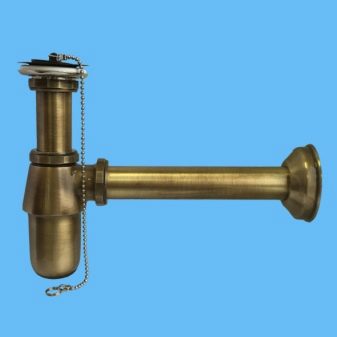
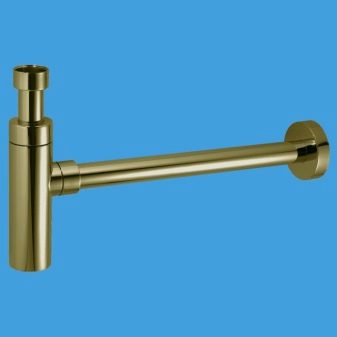
Features of use for a bidet
The bidet siphon performs standard functions, like all drain devices:
- unobstructed drainage;
- clogging protection;
- protection against unpleasant odors.
For bidets, tubular or bottle-type devices are used.
With a hidden drainage system, plastic products are used.
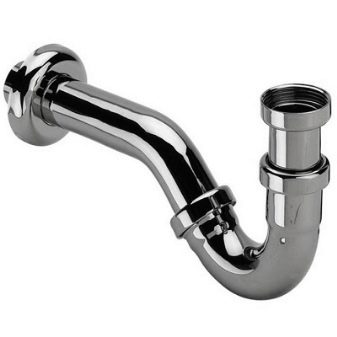
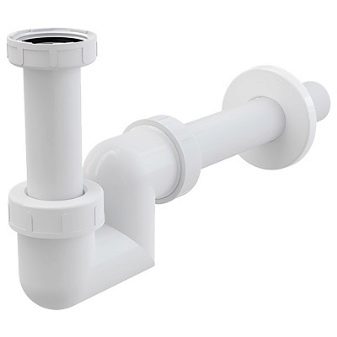
Connecting a bidet to a sewer has certain features:
- the device to be installed must exactly match the diameter of the outlet and inlet connections in order to ensure the tightness of the sewer joint;
- the throughput of the siphon must withstand the pressure of the drained water, preventing overflow;
- you will have to pay attention to the angles of connecting the pipes, and, if necessary, install adapters with the desired angle and diameter;
- the method of connecting the bidet and the siphon must be taken into account (the presence of a thread or other connection).
The drain device, which structurally provides for several closures (coil), eliminates the possibility of odors leaking from the sewer, but is only suitable for concealed installation of bidet drain systems. Bidets, as a rule, are equipped with automatic bottom valves equipped with swivel drainage mechanisms.
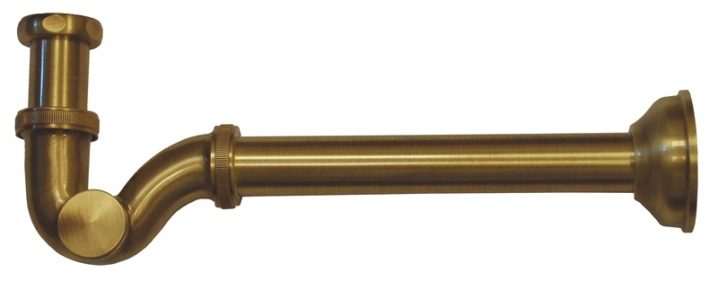
Application for acrylic or cast iron bathtub
These devices are inherently hydraulic locks. These must-have bath components contain two components: a drain and an overflow. An overflow protects against excess water in the tank, and a drain provides a water outlet to the sewer.
All these functions are combined in a plumbing device called a siphon. Fastening is most often done in two ways:
- the connecting ends of the drain and overflow parts are connected directly to each other, and then connected to the siphon;
- the drain and overflow pipe is attached at an angle to the siphon in separate connectors.
Two types of bathtubs are most common: S- and P-like. The former are of the round type, and the P are angular. P-shaped are designed for direct connection to sewer outlets. In this fastening, it is undesirable to use corrugated drainage pipes, straight ones are used here. This type is preferred for cast iron baths. S-type products are widely used for acrylic bathtubs, while it is recommended to use a corrugation for connection to the sewer.

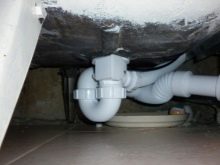
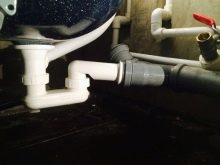
When using any siphon, the presence of a bottom valve on this device is encouraged. The material from which the siphon is made is chosen based on whether the installation of plumbing equipment will be hidden or open.
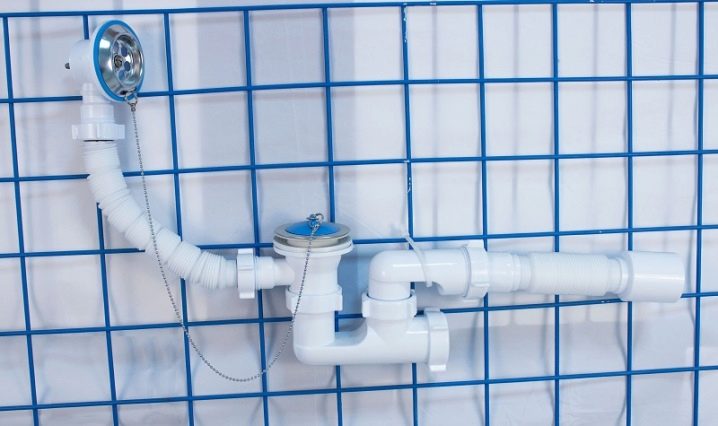
Bottom valve device
The bottom valve of any plumbing device that provides for draining a liquid has a closing function. In fact, it is a cork, but it works by pressing a button or a lever.
Bottom valves are mechanical and automatic, and consist of:
- stopping drain plug;
- lever or drain control button;
- spokes connecting the control mechanism (button or lever) with the drain plug;
- a siphon through which the drain into the sewer is carried out;
- threaded components for connection.


The mechanical valve is based on a simple spring. It attaches directly to the drain hole. These valves are easy to install, reliable and cheap, but to use them you need to lower your hand into the water tank, which is not always comfortable, especially in kitchen sinks. Therefore, they are mainly installed in washbasins.
There are two types of automatic devices: with and without overflow. Overflow valves are installed in sinks and other tanks where there is a corresponding hole. They have an additional branch to prevent overfilling of the reservoir with water. They are set in motion by means of a lever or a button located under the sink or bidet.
There are bottom valves with a side button that fit into the appropriate overflow hole for a sink, bidet or other sanitary fittings. When installing this device, pay attention to the integrity of the gaskets.
The connections must be tight and prevent leaks during manual installation, as when using tools there is a risk of damage to the valve and the bathroom itself.
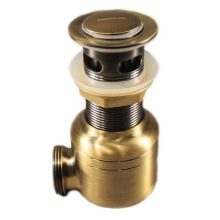
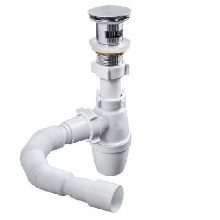
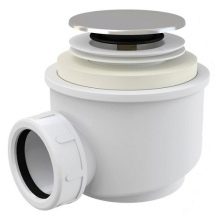
For information on how to assemble and install a bath siphon, see the video below.













The comment was sent successfully.